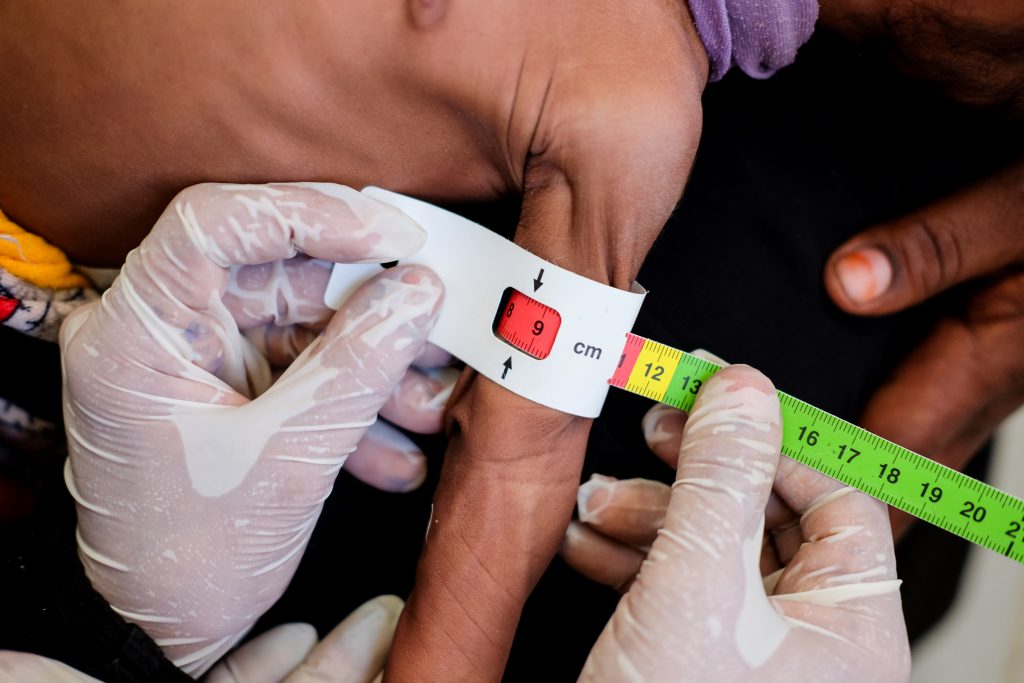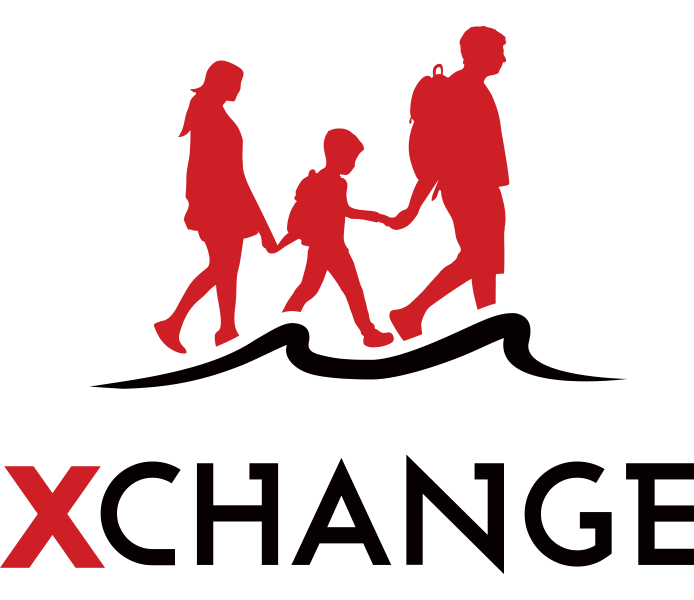The Crisis at a Glance
Yemen remains one of the world’s most severe humanitarian crises. Over a decade of conflict has left 19.5 million people in need of assistance in 2025, including 4.5 million internally displaced persons (IDPs). Poverty affects over 83% of the population, and malnutrition rates are among the highest globally, with an estimated 500,000 children requiring treatment for severe wasting this year alone. Compounding these challenges are economic collapse, climate shocks, and disease outbreaks such as cholera, measles, and dengue fever. However, humanitarian aid is being rejected.

Why is Yemen in Crisis?
- Prolonged Conflict: The civil war that began in 2014 between warring factions has devastated infrastructure, displaced millions, and disrupted essential services like healthcare and education.
- Economic Collapse: Yemen’s economy has shrunk by 54% since 2015. High inflation and a devalued currency have made essential goods unaffordable for most families.
- Climate Shocks: Floods, droughts, and rising sea levels have destroyed crops and displaced communities, further exacerbating food insecurity.
- Blockades and Bureaucratic Hurdles: Restrictions on imports and aid delivery have worsened the humanitarian situation by limiting access to essential supplies.
Aid Rejection: A Case Study
Despite the overwhelming need for humanitarian aid in Yemen, there are instances where aid shipments are delayed or outright rejected. A recent example involves the rejection of a shipment of therapeutic food used to treat severe malnutrition, organized by MOAS.
What Happened?
- The shipment was initially approved but later blocked by Yemen’s Ministry of Health.
- Officials cited UNICEF’s already-authorized import of the product and claimed sufficient stocks were available in the Ministry of Health and UNICEF warehouses. Though other sources overwhelmingly reported of food shortages.
- A formal memo stated: “This type of commodity is available in sufficient quantities by UNICEF for all governorates and no need for additional quantities”
The rejection came from Yemen’s Ministry of Health, specifically through its Health Care Department. They asserted that existing supplies were adequate.
Why Was Aid Rejected?
Rejecting lifesaving aid during a humanitarian crisis is wrong and we do not fully understand the reasons for this rejection. However, we can speculate and some factors could explain this decision.
- Concerns About Diversion or Misuse
Aid diversion has been a recurring issue in Yemen, particularly in Houthi-controlled areas where authorities have confiscated or redirected supplies for political or military purposes. For example:
- In Taizz, medical equipment for dialysis patients was confiscated by Houthi forces.
- The World Food Programme (WFP) suspended operations in some areas after discovering widespread diversion of food supplies intended for civilians.
Although this rejection occurred under government control, concerns about potential misuse or improper distribution could still have played a role.
- Centralisation Efforts
The Ministry may have preferred centralised distribution through UNICEF-managed warehouses instead of permitting external shipments from other organisations. This approach could aim to streamline oversight but risks creating bottlenecks.
- Political Manipulation
Aid is often weaponized as a tool for political leverage in Yemen’s conflict. Authorities may deny shipments as part of larger power struggles or efforts to exert control over international organisations.
- Perceived Adequacy of Supplies
Officials claimed that the existing stocks managed by UNICEF were sufficient to meet current needs. Though this assessment does not reflect localized shortages, the Ministry may have vastly misunderstood the population’s needs.
The Broader Implications
This case shows a critical paradox in Yemen’s humanitarian crisis: while millions suffer from acute malnutrition and lack access to basic services, bureaucratic inefficiencies and political considerations obstruct aid delivery.
Yemen needs improved coordination between local authorities, international organisations, and humanitarian actors to ensure that lifesaving aid reaches those who need it most.
Conclusion
Yemen’s humanitarian crisis continues to deepen as conflict, economic collapse, and climate shocks take their toll on an already vulnerable population. While international aid remains a lifeline for millions, its delivery is hindered by bureaucratic hurdles and political interference.
Addressing these systemic challenges is essential to ensuring that humanitarian efforts effectively alleviate suffering in Yemen.



